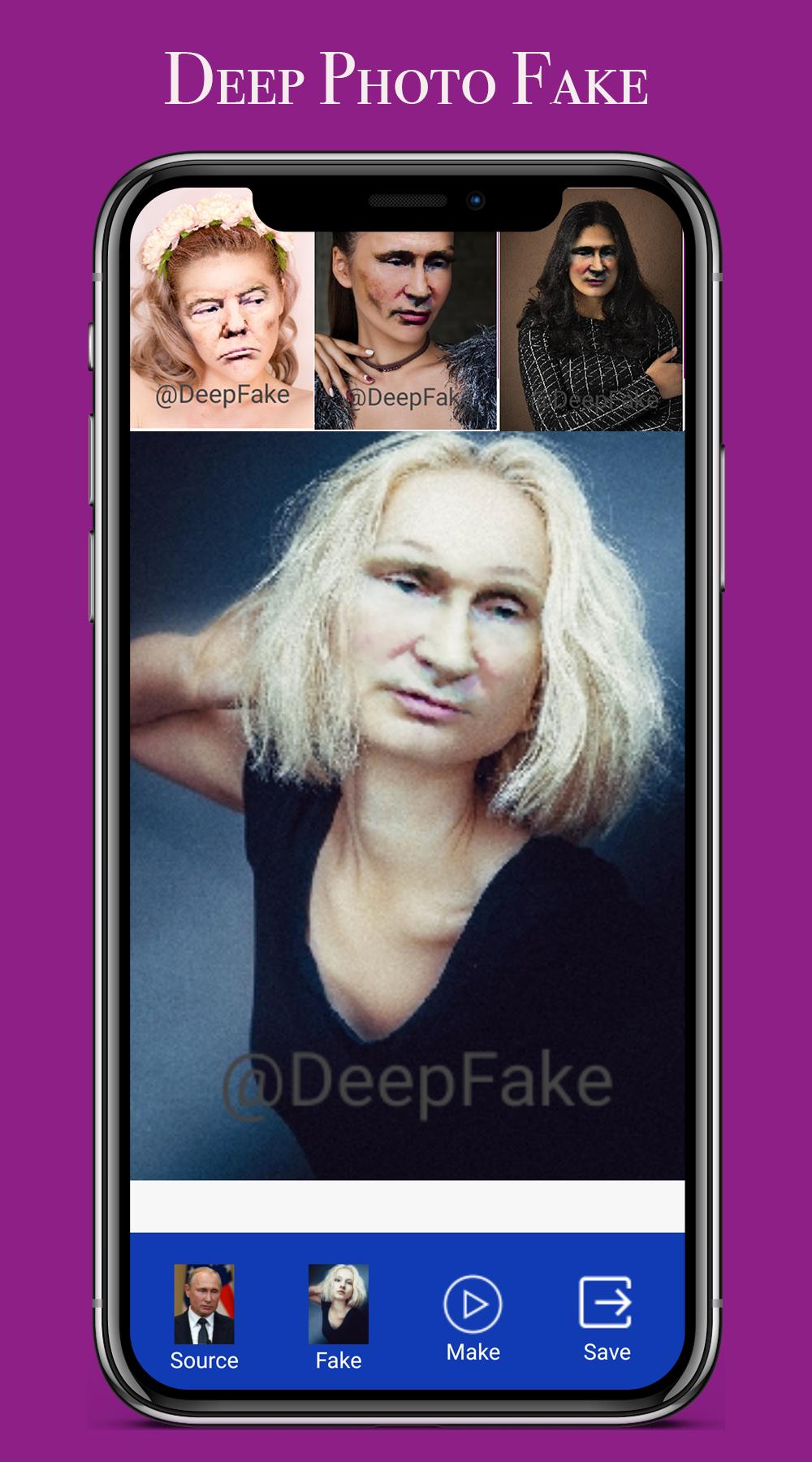Is the world of deepfake technology a boon or a bane? The rapid advancement in artificial intelligence has ushered in an era where digital manipulation is not only possible but also accessible to many. A bold statement must be made: the rise of deepfake creators, such as DrDeepFake, represents both innovation and ethical dilemmas that society must confront.
In recent months, the name DrDeepFake has emerged prominently within online communities. Operating under the username @drdeepfake on platforms like Bluesky and Instagram, this individual has garnered attention for their work in creating AI-driven content. While some view it as artistic expression, others raise concerns about misuse. This duality highlights the complexities surrounding deepfake technology. It’s not just about altering images or videos anymore—it’s about reshaping perceptions and challenging truths. As debates continue globally, understanding the motivations and methods behind figures like DrDeepFake becomes crucial.
| Personal Information | Details |
|---|---|
| Name | DrDeepFake (Alias) |
| Date of Birth | Not disclosed publicly |
| Location | Unknown |
| Profession | AI Deepfake Creator |
| Social Media Platforms | Bluesky, Instagram |
| Areas of Expertise | Artificial Intelligence, Video Manipulation, Workshops |
The term deepfake itself is derived from two words—“deep learning” and “fake.” It refers to hyper-realistic media generated through advanced algorithms capable of synthesizing faces, voices, and even entire personas. DrDeepFake’s contributions to this field have sparked conversations worldwide. For instance, one notable project involved recreating iconic scenes from science fiction series like Doctor Who using deepfake techniques. Fans appreciated these efforts, labeling them as creative tributes rather than mere imitations.
However, not all applications of deepfake technology remain benign. There exists a darker side—a realm where privacy invasions occur via unauthorized usage of personal data. Websites dedicated to hosting explicit material often exploit vulnerabilities in consent laws. Some sites claim they possess vast libraries of celebrity-based deepfake pornography, raising serious questions about legality and morality. RealDeepfakes.com serves as one example among many controversial platforms catering to niche audiences.
On social media, DrDeepFake maintains profiles showcasing various projects while engaging with followers who share similar interests. Posts frequently highlight technical aspects of deepfake creation alongside philosophical musings regarding its implications. One recurring theme involves education—teaching people how to differentiate between genuine content and fabricated alternatives. Such initiatives aim at fostering awareness amidst growing skepticism toward online authenticity.
Meanwhile, law enforcement agencies struggle to keep pace with evolving challenges posed by malicious actors leveraging deepfake capabilities. Efforts are underway to establish stricter regulations governing usage boundaries. Yet, enforcement remains fraught with difficulties due to jurisdictional differences and technological limitations inherent in detecting synthetic outputs accurately.
As we delve deeper into this phenomenon, certain patterns emerge concerning why individuals engage in deepfake activities. Motivations vary widely—from artistic experimentation to commercial exploitation. In some cases, creators seek recognition within specialized circles; others may simply enjoy pushing boundaries creatively. Regardless of intent, outcomes frequently blur lines separating fact from fiction.
Take, for example, TikTok user 'DrDeepFake,' whose uploads include humorous takes on historical figures reimagined through modern lenses. These lighthearted portrayals contrast sharply against more sinister uses documented elsewhere. Similarly, Telegram channels linked to Alexxa Mia leaks underscore contrasting narratives prevalent across different segments of cyberspace.
For those unfamiliar with underlying mechanics powering deepfakes, here's a brief overview: neural networks process vast datasets containing visual elements until patterns emerge allowing replication. Over time, refinements yield increasingly convincing results indistinguishable from originals under casual scrutiny. Accessibility tools now enable amateurs to experiment independently without extensive coding knowledge required previously.
This democratization brings mixed blessings depending upon perspective adopted. On one hand, accessibility fosters innovation encouraging new forms of storytelling. Conversely, widespread availability increases potential harms associated with unethical deployments. Balancing competing interests requires collaborative approaches involving policymakers, technologists, ethicists, and end-users alike.
Looking ahead, several trends warrant close observation. First, advancements in detection technologies promise enhanced safeguards protecting vulnerable populations against abuse. Second, educational campaigns targeting younger demographics emphasize responsible consumption practices reducing susceptibility to disinformation campaigns. Finally, interdisciplinary research continues exploring long-term societal impacts ensuring balanced development aligned with human values.
Ultimately, whether viewed positively or negatively, deepfake technology represents transformative forces reshaping contemporary landscapes irreversibly. By examining key players shaping discourse around this issue—including personalities like DrDeepFake—we gain valuable insights informing future decisions affecting countless lives globally.
Remember, every click, share, or interaction contributes collectively toward defining norms governing emerging paradigms. Stay informed, think critically, and participate actively in discussions influencing tomorrow's realities today.



